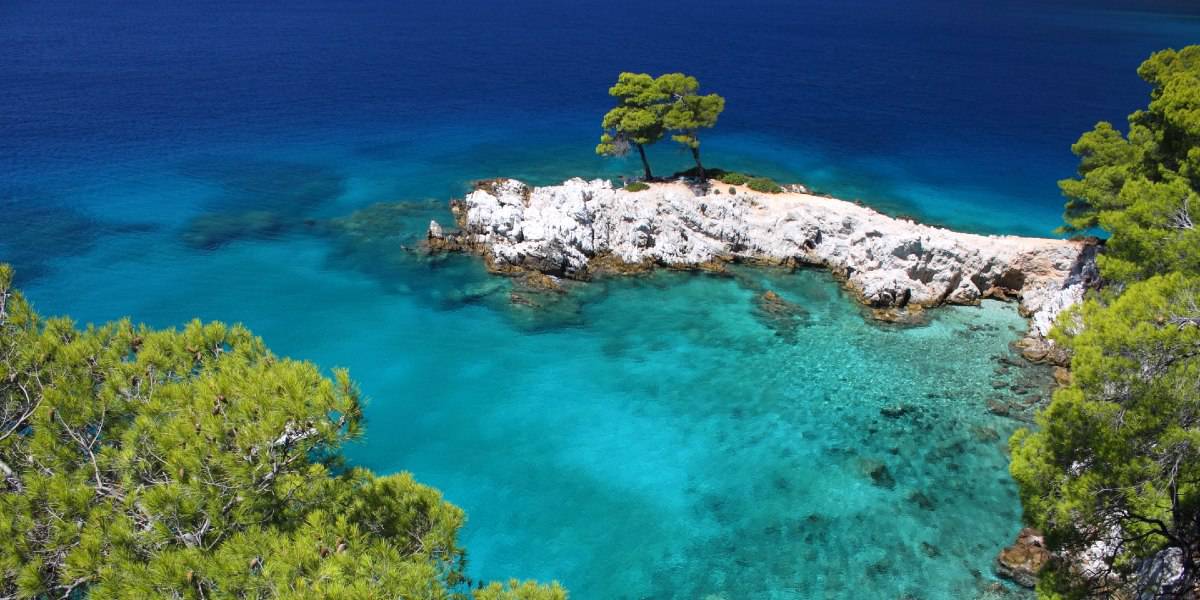
The Greek island of Alonissos has been honoured by National Geographic on its renowned ‘Best of the World’ list of destinations for 2021.
National Geographic’s ‘Best of the World 2021’ list showcases 25 destinations selected by its Global Editors of International Travel.
The list tells stories of “conservation successes, preservation achievements, cultural resilience, and tales of communities overcoming daunting obstacles to thrive despite the pandemic,” says National Geographic in a recent release.
Sustainability, Family, Nature, Adventure and Culture have been chosen by National Geographic as the five categories for its 2021 list which is intended to serve as inspiration for future adventures.
With the new underwater museum where visitors can explore the remains of a 2500-year-old shipwreck and boasting the largest Marine Park in the World, Alonissos adorns the list in the ‘Sustainability’ category which celebrates six superlative destinations across Europe, Africa and the United States.
Destinations in the Sustainability category also include New Caledonia in France, with its 1.3-million square kilometre marine park; the African country of Gabon, with more than 11 percent of the country being national parkland; Copenhagen, the sustainable solution creating cosmopolitan capital of Denmark; the university town of Freiburg in Germany that is schooling the world on the best green practices; and green giant of a city, Denver, Colorado with its goal of achieving 100 percent renewable electricity by 2030.
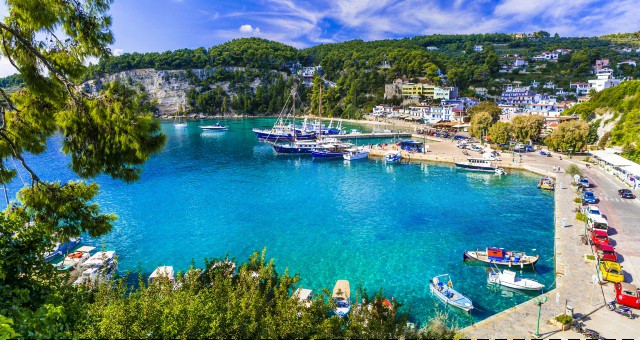
National Marine Park of Alonissos
Alonissos, its surrounding waters and minor islands, including Peristera, Kyra Panagia, Gioura, Psathoura, Skantzoura and Piperi, form the Alonissos Marine Park, the largest of its kind in Europe.
Each of the seven main islands within the park possesses its own unique characteristics, charm and history.
Officially established by Presidential Decree in 1992, the National Marine Park of Alonissos spans an estimated 2,250 square kilometres of the Aegean Sea, making it the largest reserve of its kind in the Mediterranean.
From both a cultural and scientific point of view the Alonissos Marine Park is an area of great interest given the archaeological finds (shipwrecks, old monasteries and churches) dating back to the prehistoric era, the classical period or the Byzantine Empire.
In addition to its archaeological ruins, the Alonissos Marine Park is a place of unspoilt natural beauty that is also home to a fascinating variety of flora, fauna and marine life including the critically endangered Mediterranean monk seal.

Alonissos
Alonissos is the largest and only inhabited island in the group, offering several lovely villages to explore, great walking tracks and numerous beaches.
The beautiful Chora Village of Alonissos was the old capital before a major earthquake in 1965 destroyed the entire settlement. At that time all the inhabitants deserted the village and moved near the coast where they built Patitiri, the new capital of Alonissos.
Since that time, some parts of the old Byzantine walls have been restored, as well as some houses that can today be seen as cafes, guest houses and local shops.
At just 14 kilometres long and 4 kilometres wide, Alonissos provides a wealth of riches when it comes to beautiful beaches, many of which are accessible only by sea along the more secluded east coast and around the southern tip.
The scientific and administrative centre of the National Marine Park is based on Alonissos as a rescue centre for the critically endangered Mediterranean monk seal.
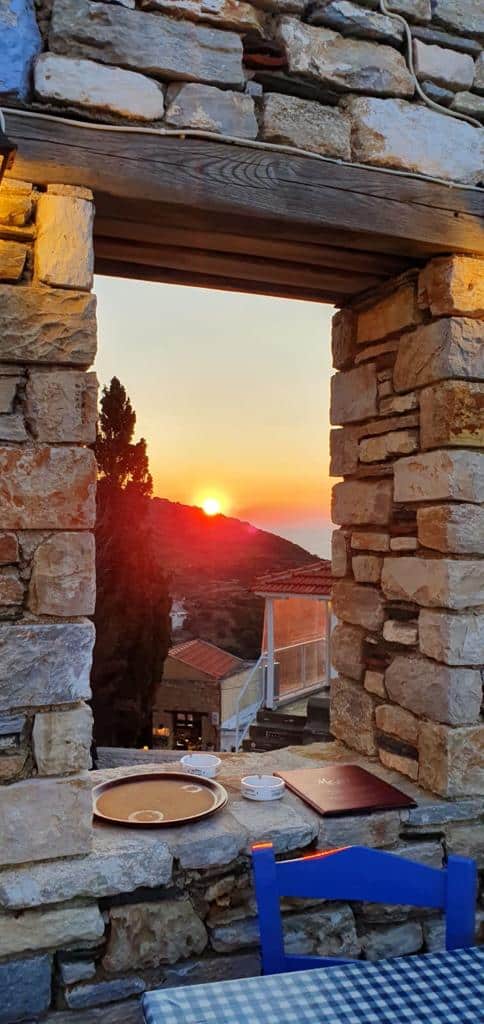
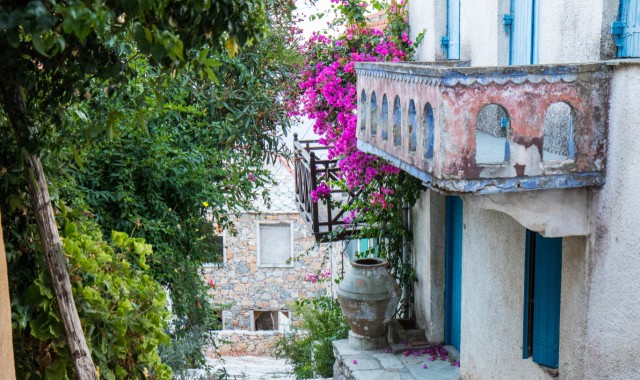
Peristera
The island of Peristera, is separated from its nearest neighbour Alonissos by a narrow channel of water.
In these waters lies the remarkable ancient Peristera shipwreck. The Peristera shipwreck has only recently opened as the first underwater museum in Greece, becoming accessible to recreational divers only as of April 2019.
Believed to have sunk because of bad weather around 425 BC, the big merchant ship was laden with an estimated four thousand vases and amphorae of wine from Chalkidiki in Northern Greece and the island of Skopelos, Pari Kalamara, director of the Ephorate of Underwater Antiquities has said.
An amphora (Greek: amphoreus) is a jar with two vertical handles used in antiquity for the storage and transportation of foodstuffs such as wine and olive oil.
Called ‘the Parthenon of shipwrecks’, the eerie remains of the large Athenian cargo ship that sank in the fifth century B.C. is of major significance to historians.
The Peristera wreck is the largest ship of its time ever found and its discovery has changed archaeologists’ understanding of shipbuilding in antiquity.
“Up to then, we thought that large ships that were carrying 1,500 amphoras and were up to 70 tons, they were built by the Romans in the 1st century B.C.,” explained Elpida Hadjidaki, the first archaeologist to excavate the site. “Well, now we have a ship that was not built in the 1st century B.C., it was built in the 5th century B.C., it carried 4,000 amphoras and God knows what else and it’s 126 tonnes.”
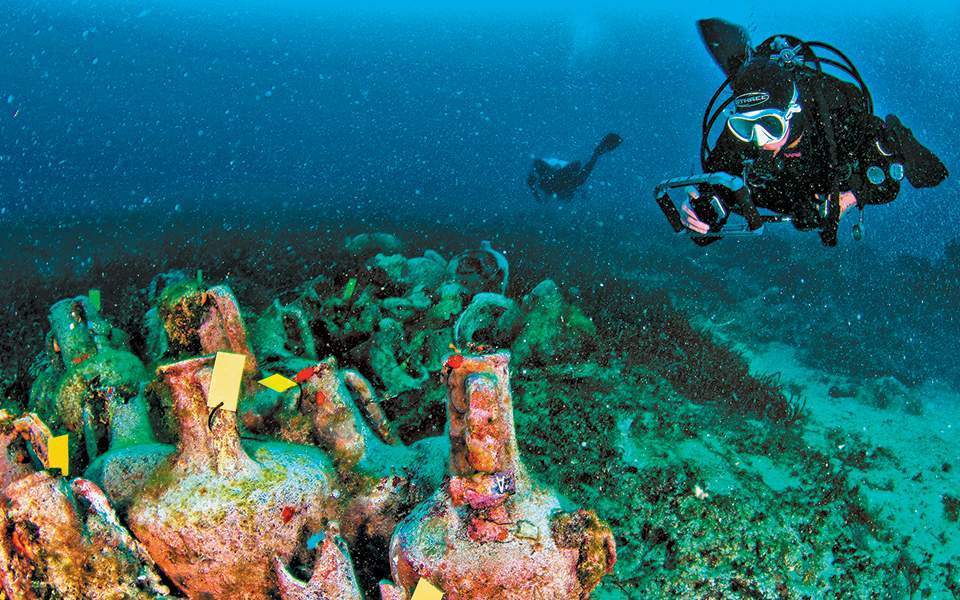
Kyra Panagia
Kyra Panagia, sitting just 7 kilometres off Alonissos’s northern tip, is a small uninhabited island and the site of a 17thcentury monastery.
Like several minor islands in the Sporades, Kyra Panagia has remained the property of the Monastery of Megisti Lavra, since it was granted the island by the Byzantine emperor Nikephoros II Phokas in 963.
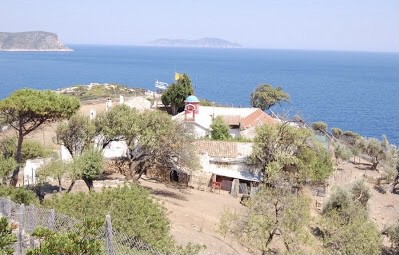
The monks of Monastery of Megisti Lavra used Kyra Panagia as a place where they could grow food and make wine for their community and those of other monasteries on the flanks of Mount Athos.
In the bay of Agios Petros, one of the islands two natural harbours, an even older civilization has been found including the remains of an 11th century Byzantine shipwreck.
Excavations revealing ceramics, small statues, tools, and animal bones have found that this civilization dates from the Neolithic times, in about 6,000 B.C.

Gioura
Gioura, whose treeless hills and rugged cliffs make it appear unwelcoming, is uninhabited save for a freely roaming, autochthonous (native) species of rare wild goat known as ‘Homer’s Cyclops’ and one or two guards that remain permanently on the island in order to protect the wildlife and the archeological sites.
The island is famous for a stalactite cave that sheltered Homer’s Cyclops known as ‘Cyclops Cave’, a Middle Neolithic settlement that was discovered in 1992 providing evidence that Gioura had been inhabited on and off for millennia.
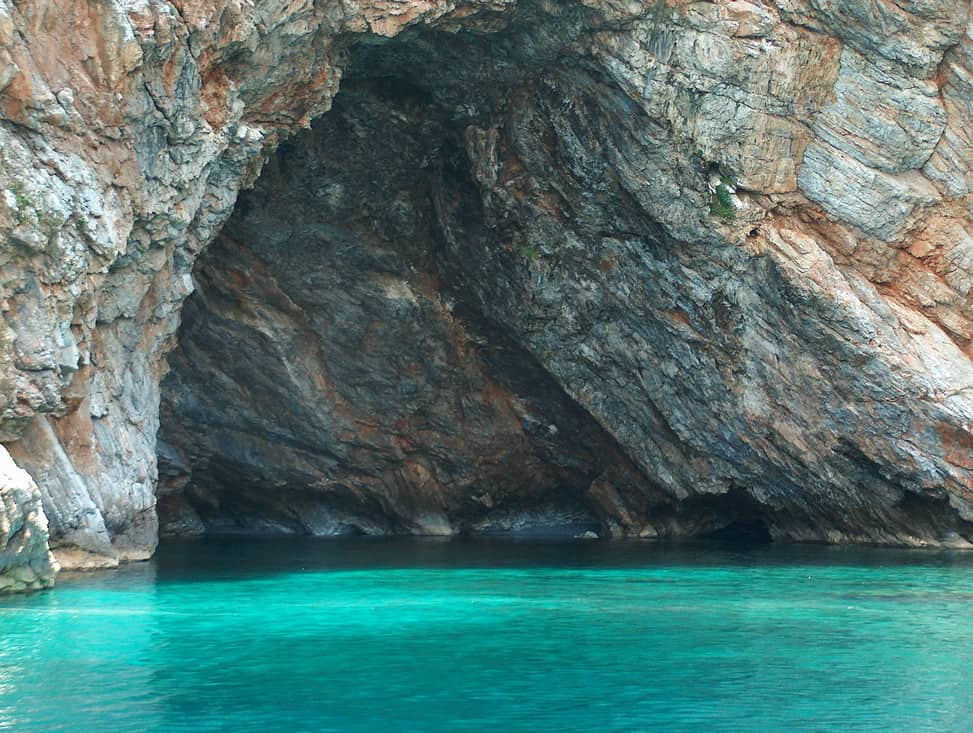
Archaeologists have found decorated vessels, flint blades, stone artefacts, animal bones, primitive jewellery, bone hooks and part of a human skull thought to date back to the Mesolithic Era (9th-7th century BC).
Pottery from the Bronze Age has also been found.
Roman-era lamps found in remains on top of the cave have shown that the cave served as a sanctuary around the 2nd and 3rd century A.D.
Remains from the Hellenistic period have also been found deep inside the cave.
Not just a treasure trove for archaeologists, Cyclops Cave also provides wonder to geologists because of its numerous stalactites and stalagmites.
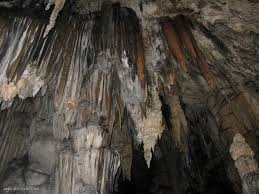
Psathoura
Isolated and uninhabited, Psathoura island was formed from a volcano that was active in the Pleistocene era.
The earthy, fertile and almost totally flat surface of Psathoura is home to a very unique range of plants, many of which, such as sea daffodils, heather and sand lilies, are not found on the other islands.
The shallow waters that surround the island barely cover the archaeological remains of a ruined city.
The village, presumably submerged by rising sea levels, was discovered in by divers from Kalymnos off the southern coast of Psathoura at a depth of 10 to 17 metres.
Standing at 28.9 metres tall, the Psathoura lighthouse, built in 1895, is one of the tallest in the Aegean.
Landmarks of Psathoura also include the idyllic, sandy Mandrako Beach with its exotic turquoise waters.
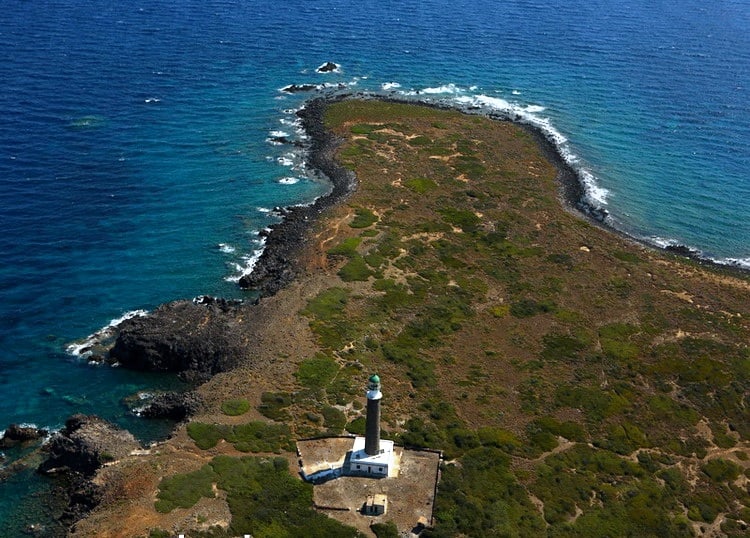
Skantzoura
Skantzoura is an 8 kilometre square island with large sections of its shores made of white marble.
The cliffs of Skantzoura provide one of the most important breeding habitats in the Aegean for rare species of birds including Audouin’s gull and Eleanora’s falcon.
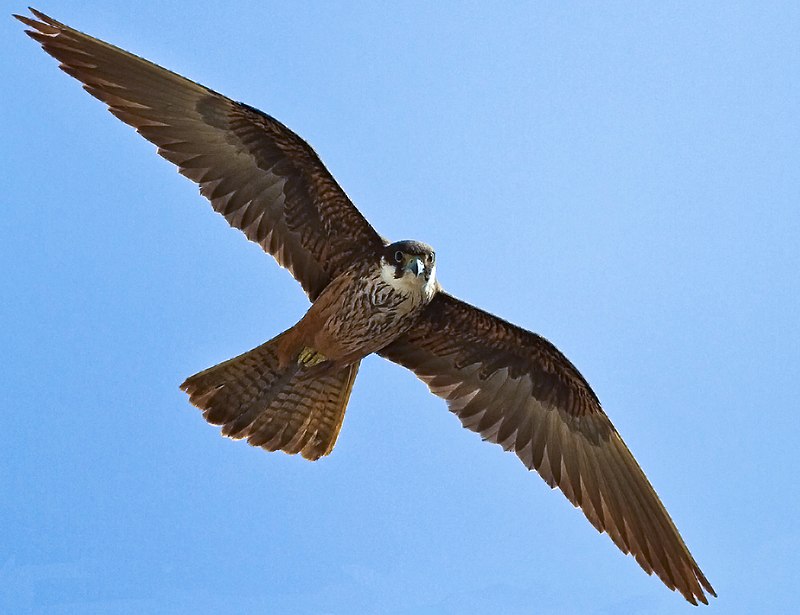
The island of Skantzoura is home to the remains of the 17th century Monastery of Evangelistria.
A diary belonging to a monk was discovered which tells the tale of a war between the native tribes of the island and the monastery, resulting in the abandonment of the monastery and the monks sailing back to their homeland.
The entity of monastic buildings includes the church, a vaulted room with a well in the floor plus several more stone-built storage rooms and stables.
Behind the monastery are wide terraces of former vineyards from which one can capture a view over the entire island of Skantzoura, the nearer and distant islands of the Marine Park of Alonissos.
Not far from the Monastery of Evangelistria lie the ruins of an even older, ancient monastery.
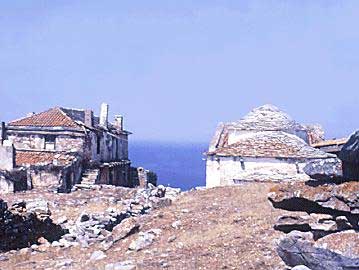
Piperi island is the core of the National Marine Park of Alonissos and the most protected island in the archipelago.
It is completely off limits to visitors and boats may not sail within a 5 kilometre radius of its coast.
This is due to the fact that the critically endangered Mediterranean monk seals (Monachus monachus) live and breed in the caves and along the beached of Piperi.
Conservationists estimate that there are probably less than 500 pairs of monk seals existing in the world today.
Traditionally hunted for their skins, oil and killed by fishermen who considered them competition for fish, numbers of monk seals have dwindled even further of late as a result of disturbance and pollution by humans along the coasts they inhabit.
Female monk seals have a slow reproduction cycle and they are also extremely vulnerable when gestating. If unnaturally disturbed through the gestational process, a female monk seal can easily abort her young.
A 1st century grave discovered in excavations in Rhodes Harbour in 1999, contained the skeleton of a monk seal, buried with funerary honours in a family burial, together with the remains of humans and a dog, suggesting that the seal had been considered a family member.
These incredible finds displayed in the Rhodes Aquarium provide an amazing insight into not only the attitudes towards animals in ancient times but also the social and trusting nature of the seal.
Ironically however, it seems that this very sociability of the seal has led to it becoming one of the rarest mammals barely surviving in the world today.
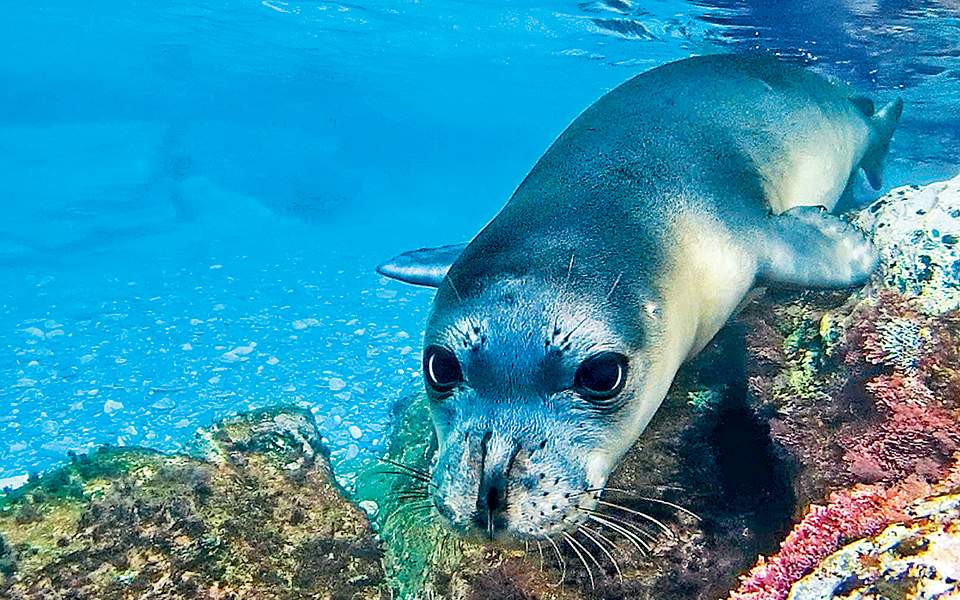
Getting to Alonissos
Traveling by ferry to the beautiful, lush, island of Alonissos is now easier with Ferryhopper. Book your ferry tickets from Volos, Mantoudi, Skiathos or Skopelos to Alonissos in just 4 clicks and start planning your ideal holidays in Sporades islands.
More about the National Geographic’s Best of the World 2021
“The world is full of wonders—even if they’re hard to reach,” says National Geographic.
“While the pandemic has brought our journeys to a standstill, it has not quieted our curiosity.
“Ahead of a new year—with the promise of a return to travel—we are eager to share these 25 timely tales of timeless places that will define our future itineraries.”
Sustainability
Alonissos, Greece
Copenhagen, Denmark
New Caledonia, France
Freiburg, Germany
Gabon, Central Africa
Denver, Colorado
Family
England Coastal Path
Transylvania, Romania
Space Coast, Florida
Hortobagy, Hungary
Indigenous British Columbia, Canada
Adventure
Dominica
Svaneti, Georgia
Los Glaciares National Park, Argentina
Katmai National Park & Preserve, Alaska
Nature/Wildlife
Isle Royale, Michigan
Yellowknife, Canada
Cerrado savanna, Brazil
Lord Howe Island, Australia
Culture/History
Gua
New Mexico, road trip
Bitoria-Gasteiz, Alava, Basque Country, Spain
Gyeongju, South Korea
Tulsa, Oklahoma
Tonglu, Zhejiang Province, China
To see more of National Geographic’s Best of the World 2021 list, visit: NatGeo.com/BestoftheWorld
Read this articles on Greek City Times:
Alonissos honoured on National Geographic’s ‘Best of the World’ list 2021
Read more of our articles on Greek City Times:
Kastellorizian Jewellery: A Dispersed Archive of a Past Culture





